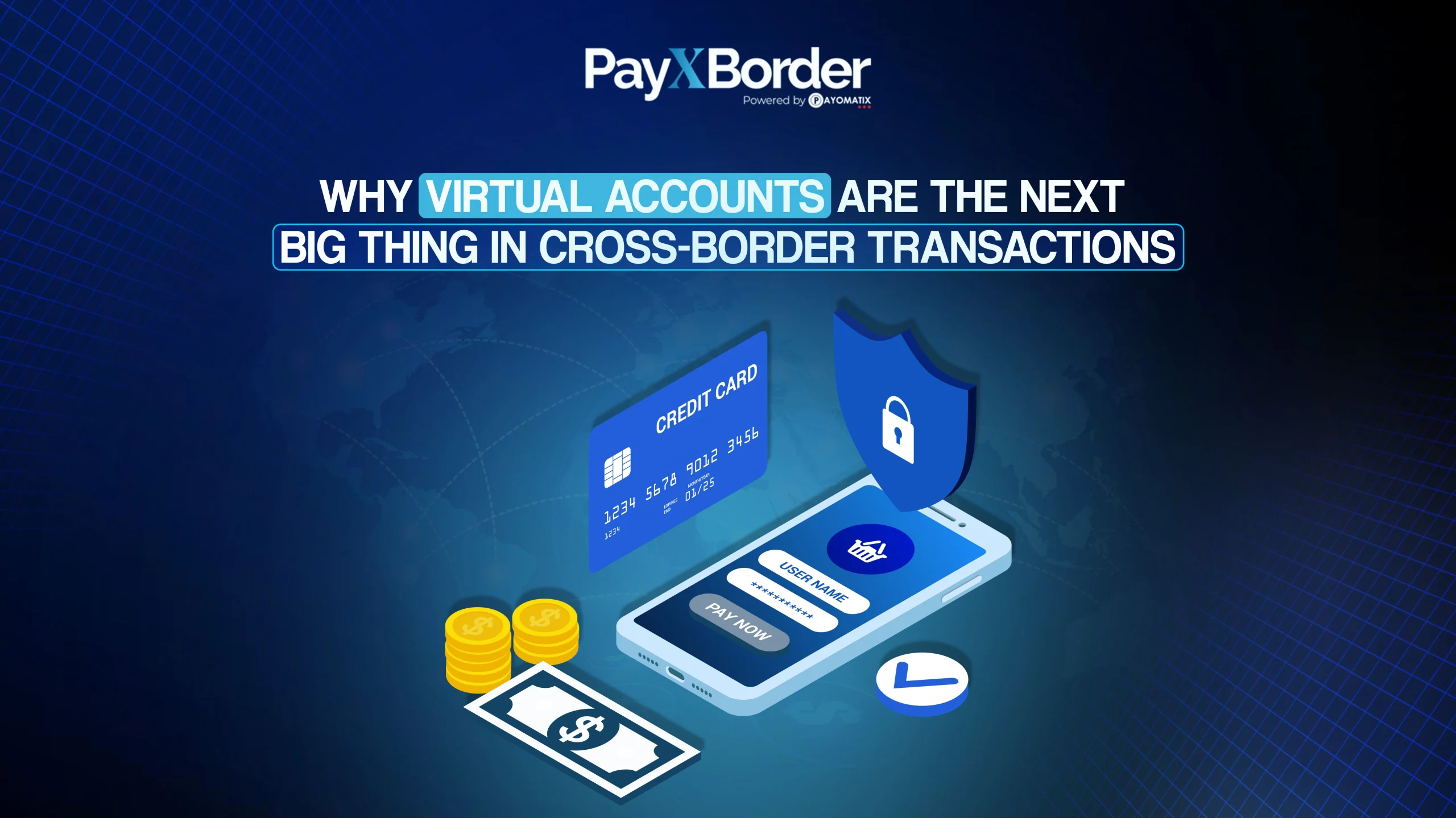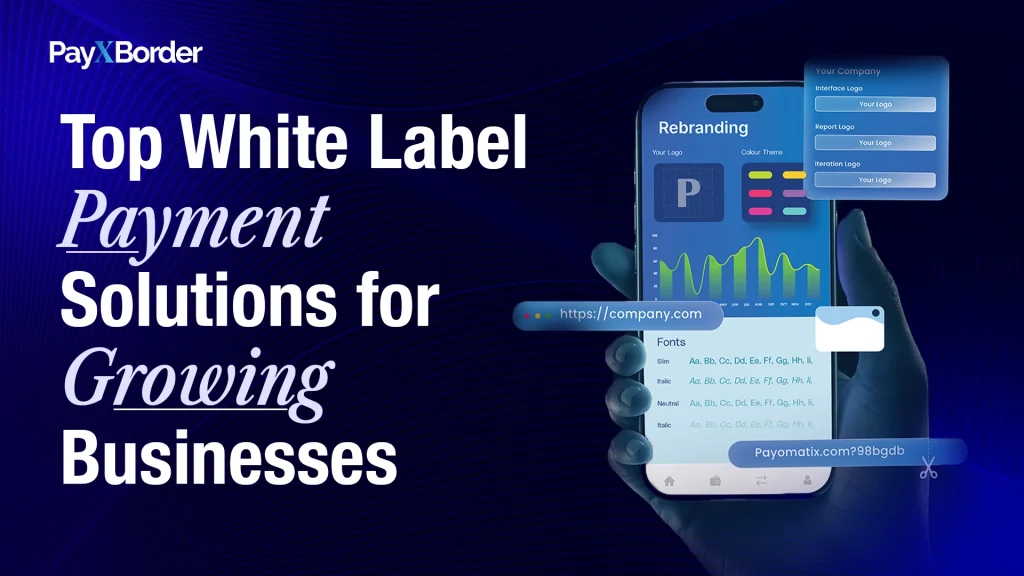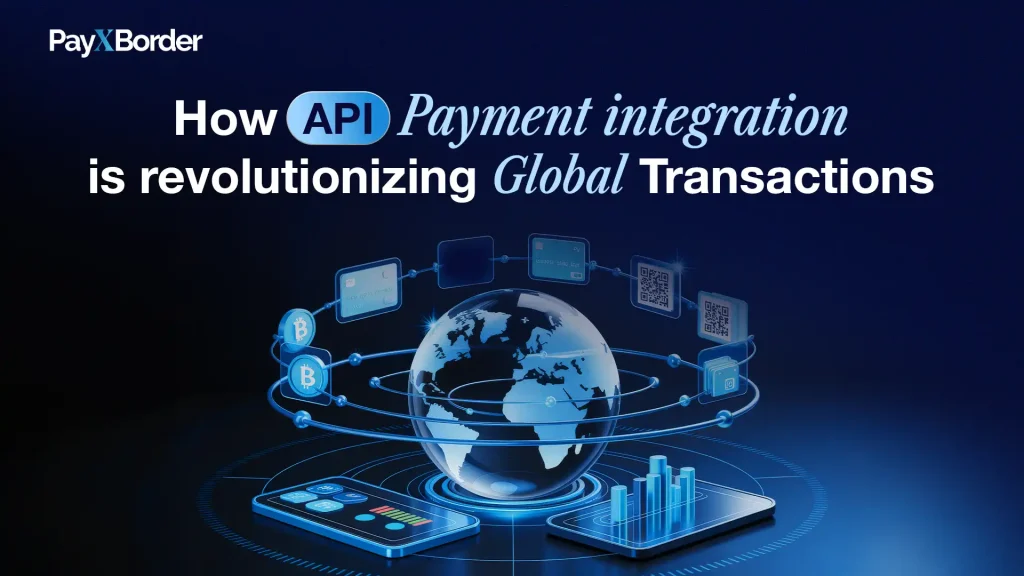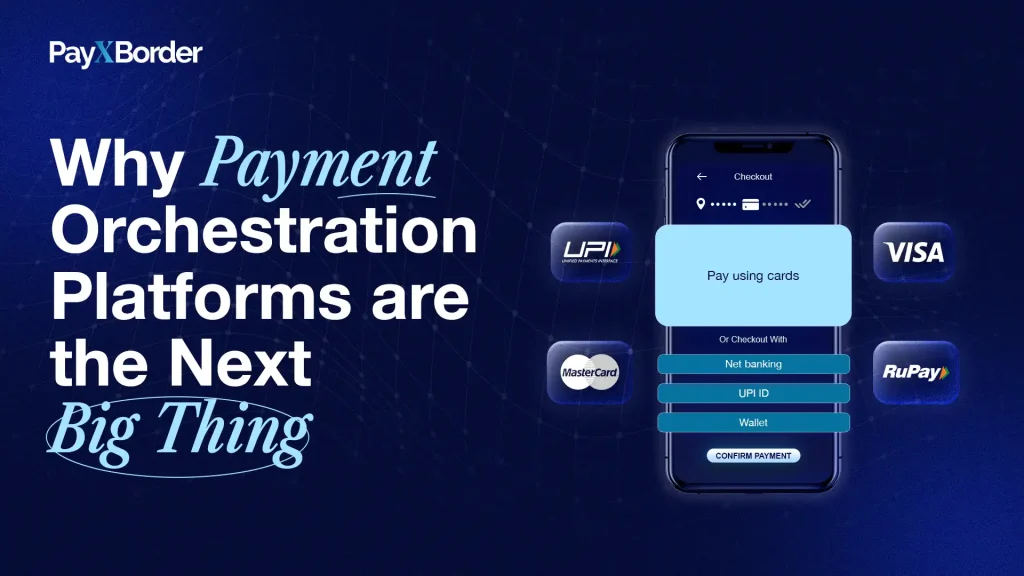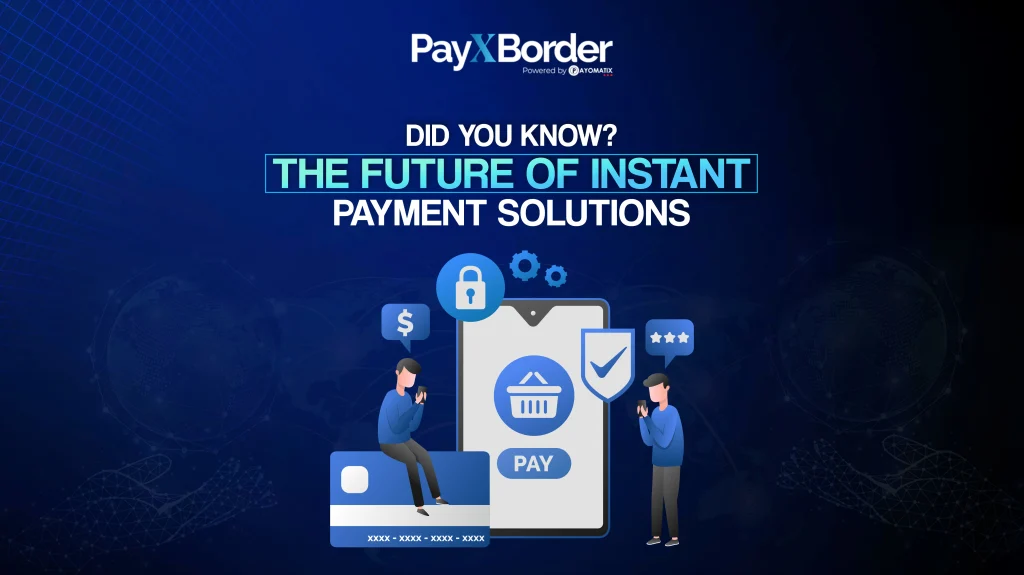Tired of delays, fees, and friction in global payments? Meet the future: Virtual Accounts.
In today’s digital-first business landscape, sending and receiving payments across borders shouldn’t be complicated, costly, or slow. Yet, many companies still struggle with outdated systems that involve multiple intermediaries, high transaction costs, and a complete lack of visibility. But there’s a smarter way to manage global money movement—enter the Virtual Account.
Virtual Accounts are fast emerging as the backbone of efficient Cross Border Transactions, offering businesses greater control, local bank-like presence, and cost-effective international payment capabilities. Whether you’re a freelancer receiving USD payments, an eCommerce merchant expanding to Europe, or a finance team handling global supplier payouts, virtual accounts are transforming the way money moves across borders.
In this blog, we uncover why virtual accounts are becoming indispensable for global businesses and how platforms like PayXBorder are leading this change.
What Is a Virtual Account in Cross Border Payments?
A Virtual Account is a digital banking tool that allows businesses and individuals to receive payments in foreign currencies just like they would with a local bank account—without physically operating in that country. Think of it as a local receiving account that’s virtually assigned to your business for specific currencies and geographies.
The beauty lies in its simplicity: clients or customers can send money to your virtual account as if they were making a local transaction. Behind the scenes, the platform instantly collects and routes the payment to your central wallet or bank account, saving you from dealing with SWIFT delays, currency conversion hassles, and expensive intermediary fees.
With PayXBorder, you can generate multiple virtual accounts in key markets like the US, UK, EU, and UAE, empowering you to localize your global transactions while managing everything from one dashboard.
Why Virtual Accounts Are Disrupting Traditional Banking Models
Traditional banking systems are built for local commerce—not global scale. They rely on complex networks of correspondent banks, manual processing, and rigid regulations that often slow down cross-border payments. As a result, businesses experience uncertainty around timelines, unpredictable fees, and minimal transparency.
Virtual accounts bypass these limitations by offering localized banking capabilities through a global fintech framework. Instead of opening multiple foreign bank accounts (which can take months and require legal setup), businesses can now issue virtual accounts instantly through a provider like PayXBorder.
This disrupts the traditional model in four major ways: faster onboarding, lower transaction fees, higher transaction success rates, and real-time visibility into funds.
The Key Benefits of Virtual Accounts for Cross Border Transactions
First and foremost, virtual accounts streamline the entire process of receiving payments in multiple currencies. No more relying on wire transfers that take days. No more dealing with unclear exchange rates or third-party bank deductions.
By enabling localized transfers, virtual accounts drastically cut down on fees. Your clients pay in their local currency using local rails, while you receive the full amount with minimal deductions.
They also enhance cash flow control. You can hold balances in different currencies, convert only when FX rates are favorable, and schedule payouts when it makes financial sense.
With PayXBorder’s real-time dashboards, businesses gain full transparency over incoming funds, currency holdings, and historical transaction data—helping CFOs and finance teams make smarter, faster decisions.
How Virtual Accounts Improve Customer Experience and Trust
Let’s not forget the end-user. When your customer or client is asked to send money to a foreign account with unfamiliar banking details, it raises red flags. Delays, rejections, or additional international transfer fees can cause frustration and reduce trust.
By using a Virtual Account, your customers enjoy a seamless local payment experience. Whether they’re based in the UK, Germany, or Singapore, they can pay to a local account number—boosting confidence, speeding up payment cycles, and reducing abandonment in B2B and eCommerce scenarios.
This localized payment method helps brands feel “local” to international clients. It removes friction, fosters credibility, and ensures you’re not losing out on deals just because your payment process isn’t optimized.
The Role of Multi-Currency Virtual Accounts in Strategic Finance
Modern finance is all about flexibility. Businesses need the ability to adapt to changing currency trends, move funds quickly, and optimize exchange decisions. That’s why multi-currency virtual accounts are becoming a strategic finance tool.
Instead of converting funds upon receipt, businesses can hold balances in key currencies like USD, EUR, GBP, and AED. This allows them to wait for favorable exchange rates, pay international suppliers in their own currencies, and avoid repeated conversion costs.
PayXBorder enables this through its unified dashboard, where users can generate multiple virtual IBANs, manage their currency portfolio, and track real-time exchange rates—automating smarter financial decisions across borders.
Why Virtual Accounts Are Perfect for SMEs and Freelancers
While enterprise companies benefit from scale, it’s small and medium-sized businesses—and freelancers—who stand to gain the most from virtual accounts. These users often face barriers when dealing with foreign banks or platforms that impose high fees and lengthy processes.
With a virtual account from PayXBorder, an Indian freelancer can receive USD payments from US clients as if they had a local US bank account. A Shopify store based in Dubai can accept EUR payments from German customers without a European bank license.
This levels the playing field, empowering smaller businesses to go global without needing physical offices, foreign entity registration, or a complex financial team.
Security and Compliance in the World of Virtual Accounts
Financial innovation doesn’t mean skipping regulation. In fact, the best virtual account platforms embed compliance and security into their core infrastructure. Every virtual account must be tied to a verified user identity, meet anti-money laundering (AML) standards, and be backed by secure banking partners.
PayXBorder follows strict global compliance frameworks, including KYC verification, transaction monitoring, GDPR data protection, and PCI DSS certification. This ensures that while your funds move faster and smarter, they’re also fully secure and regulatory-aligned.
With encrypted data flows, secure API access, and 24/7 monitoring, your virtual account environment stays protected around the clock.
How PayXBorder Simplifies Virtual Accounts for Cross-Border Payments
PayXBorder was built with global commerce in mind. From onboarding to payout, every step is optimized for speed, security, and scale.
Key features of PayXBorder’s virtual account system include:
- Instantly generated local account numbers in the US, UK, EU, and UAE
- Support for over 50 currencies in a unified multi-currency wallet
- Real-time notifications when payments are received
- One-click conversion and payout tools
- Transparent, flat-fee pricing for predictable costs
- Developer-friendly APIs for custom integration
Whether you’re just starting global operations or optimizing your enterprise treasury, PayXBorder delivers the virtual account infrastructure that keeps you competitive.
Conclusion: The Future of Global Payments Is Virtual
As businesses move toward faster, smarter, and more scalable financial operations, Virtual Accounts are becoming essential tools in every cross-border strategy. They eliminate the friction of traditional international banking, reduce costs, and bring businesses closer to their global customers.
From freelancers to Fortune 500s, everyone benefits from this localized, real-time payment approach. With platforms like PayXBorder leading the way, the shift from physical to virtual is not just inevitable—it’s already here.
Simplify your Cross Border Transactions today with PayXBorder’s Virtual Account solution. payxborder@payomatix.com

